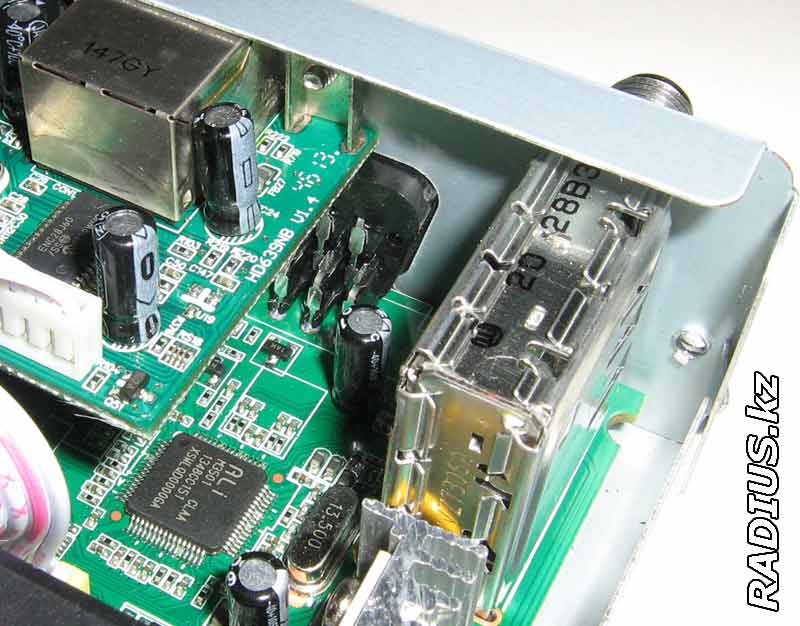

Purpose: Aim of this study is to assess the anti-proliferative effect of the thia-zole analogue (5-acetyl-4-methyl-2-(3-pyridyl) thiazole) with different human carcinoma cell lines and to postulate its possible mechanism of action using molecular modeling. Our results show that Prachatice STP is a major source of PPCPs in the Zivny stream, which has biological consequences on fish physiology. Two bacterial taxa related to activated sludge were found in the intestines of fish from downstream. An increase in the fishes’ total fat content was also observed, but with low levels of ω-3 fatty acid in muscle tissue. Elevated hepatic 7-benzyloxy-4-trifluoromethylcoumarin-O-debenzyloxylase (BFCOD) (after 90 days) and blood plasma vitellogenin concentrations in males were detected in fish downstream of the STP effluent during all sampling events. Fifty-three PPCPs were detected in the downstream site 36 of those were constantly present during the 180-day investigation period. Additionally, polar chemical contaminants (pharmaceuticals and personal care products (PPCPs)) were quantified using polar organic chemical integrative samplers (POCIS). Several biomarkers indicating the oxidative stress and antioxidant enzyme activities, cytochrome P450 activity, xenoestrogenic effects, bacterial composition, and lipid composition were investigated. After 30, 90, and 180 days, fish were recaptured from both sites to determine whether the downstream site of the Zivny stream is associated with the effects of environmental pollution. Native fish were collected from the upstream site, tagged, and distributed to both upstream and downstream sites. Upstream, however, is a minimally polluted water site and it is considered to be the control site.

The downstream site of Zivny stream is an STP-affected site, which receives 25% of its water from Prachatice STP effluent.

Zivny stream is located in South Bohemia, Czech Republic. In this study, a unique approach was designed to show the effect of an STP effluent-dominated stream on native wild brown trout (Salmo trutta L.) exposed under fully natural conditions. Concerns about the effect of sewage treatment plant (STP) effluent on the health of freshwater ecosystems have increased.


 0 kommentar(er)
0 kommentar(er)
